Understanding Clubfoot in Newborns: Why Early Treatment Matters Most
Discovering that your newborn has clubfoot can be overwhelming. But the good news is—clubfoot is highly treatable, especially when addressed early. With modern medical approaches and the right specialist care, most children go on to walk, run, and live active, healthy lives.
What Is Clubfoot?
Clubfoot (also known as congenital talipes equinovarus) is a birth condition where a baby’s foot is twisted out of shape or position. The foot often appears to point downward and inward, and in some cases, the calf muscles may be smaller.
This condition can affect one or both feet and occurs in approximately 1 in every 1,000 live births.
Is It Painful for the Baby?
No, clubfoot is not painful at birth. However, if left untreated, it can lead to serious mobility issues later in life, including difficulty walking, wearing shoes, and even chronic pain.
What Causes Clubfoot?
In most cases, the exact cause is unknown, but contributing factors may include:
- Genetics (family history)
- Abnormal development of muscles and tendons in the womb
- Associated conditions like spina bifida in rare cases
Importantly, it is not caused by anything the mother did or didn’t do during pregnancy.
Why Early Treatment Is So Important
The best time to start treatment is within the first few weeks of life—when the baby’s bones, joints, and tissues are still very flexible and respond well to correction.
Starting early:
- Reduces the need for invasive surgery
- Increases the likelihood of full correction
- Helps the child learn to stand and walk normally
- Improves long-term foot function and alignment
The Gold Standard: The Ponseti Method
The most widely used and effective treatment today is the Ponseti Method, which includes:
- Serial Casting: Gentle manipulation of the foot followed by plaster casting every 5–7 days to gradually shift the foot into the correct position.
- Tenotomy: A minor procedure to release the tight Achilles tendon (in most cases).
- Bracing: After correction, the child wears a special brace (boots and bar) for several years to prevent relapse.
This method is minimally invasive, safe, and over 90% effective when done correctly by a trained specialist.
What Parents Can Do
- Don’t delay consultation—start as early as possible after birth.
- Follow the doctor’s instructions carefully, especially during the bracing phase.
- Ask questions and stay involved in the treatment process.
- Maintain regular follow-ups to monitor growth and alignment.
Give Your Baby a Confident First Step
If your newborn has been diagnosed with clubfoot, schedule an appointment with Dr. Nargesh Agrawal at Child OrthoCare. Early, expert intervention can give your child the best chance at a healthy, active future.






